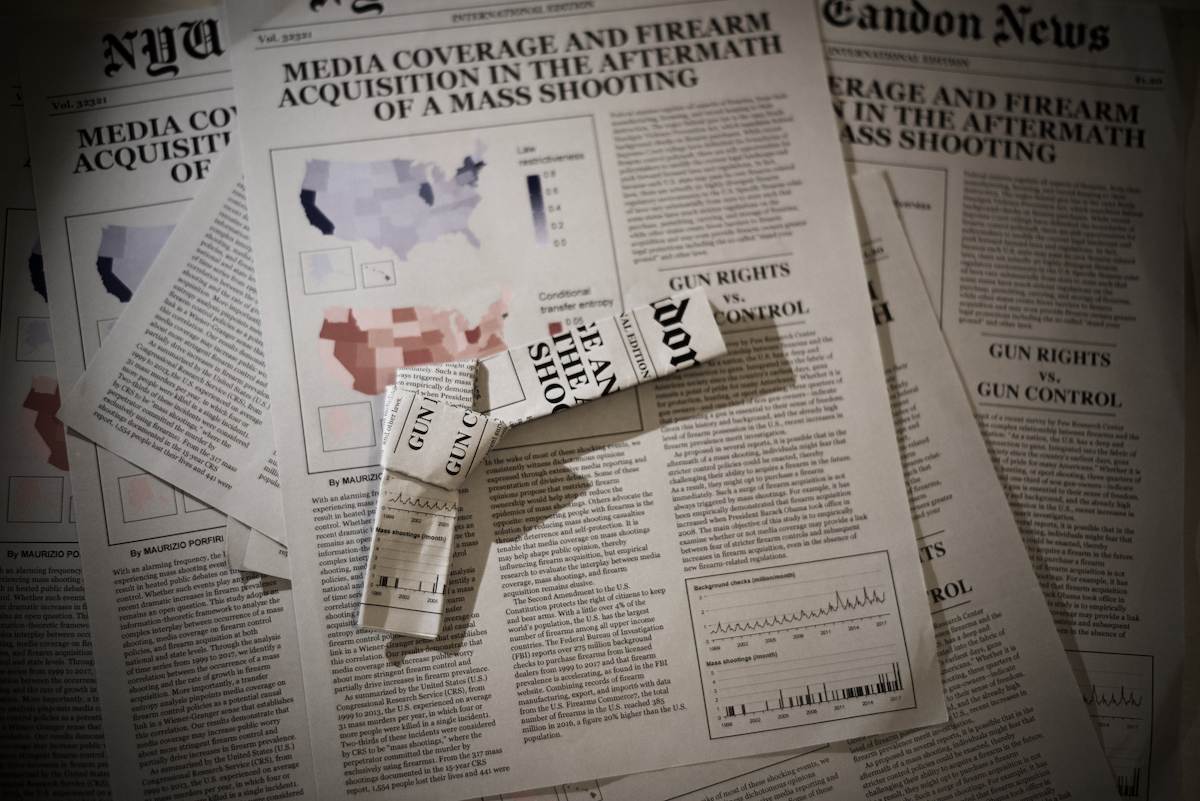Making New Protections
It can be frightening to think about: we live in a world where dangers seem to lurk at every turn. Cybercriminals capable of sabotaging our energy grid, online disinformation aimed at influencing free and fair elections, easily obtained guns landing in the wrong hands ... even simply sitting down to work can pose a hazard for employees in aging buildings.
Luckily, NYU Tandon researchers are working hard to protect the world and make it a safer place.

Protecting the power grid
In a bid to protect the nation’s energy sector against cyber attacks, a team from NYU is creating a digital twin to help weed out threats and fix software and firmware vulnerabilities. If left unchecked, these weaknesses could allow ransomware attacks that could cause severe havoc to critical U.S. energy systems.

Funded by the U.S. Department of Energy, the project, dubbed Digital Twin for Security and Code Verification (DISCOVER), leverages a virtual simulation of real-world operational technology systems used in the energy industry, such as industrial control systems and programmable logic controllers. The digital twin allows the team to analyze and evaluate updates to software and firmware even before they are used in actual devices.
The project’s Principal Investigator, Professor Farshad Khorrami (ECE), explains, “Current cyber defenses can’t necessarily catch stealthy malware in critical systems before deployment, potentially leaving a window open for bad actors to access our energy infrastructure. Our digital twin approach aims to shut that window.”
Protecting emergency vehicles from traffic jams
In a pioneering effort to help provide faster, more equitable life-saving emergency services in areas with high traffic congestion, researchers at NYU Tandon’s USDOT Tier 1 University Transportation Center, C2SMARTER, are using AI to analyze and improve emergency vehicle travel times in partnership with the New York City Fire Department (FDNY).
Protecting building facades (and occupants)
Poorly maintained building envelopes — the outer shell of structures — have long been silent contributors to New York City’s greenhouse gas emissions and quality of life problems, but a groundbreaking project from NYU Tandon is helping change that.

Institute Associate Professor Chen Feng (CUE, MAE, CSE, CUSP) and Associate Professor Semiha Ergan (CUE, CSE, CUSP, SEI, C2SMARTER) are developing AI-driven technology that identifies building envelope leaks through robot and drone scans, offering a cost-effective and efficient alternative to traditional inspections.
Protecting the public from the dangers of deepfakes
In the evolving landscape of digital manipulation and misinformation, deepfakes (digitally manipulated images or recordings) can have diverse applications in art, science, and industry, but the technology’s potential for malicious use in areas such as disinformation, identity fraud, and harassment has raised concerns about its dangerous implications.
Researchers at NYU Tandon led by Professor Rachel Greenstadt (CSE, CCS) used quantitative and qualitative analysis to explore online deepfake communities to gain a better understanding of them.
Do you need protection from your own smart home?

Smart homes are becoming increasingly interconnected, comprising an array of consumer-oriented Internet-of-Things (IoT) devices ranging from smartphones and smart TVs to virtual assistants and CCTV cameras. These devices have cameras, microphones, and other ways of sensing what is happening in our most private spaces — our homes.
An important question is: can we trust that these devices in our homes are safely handling and protecting the sensitive data they have access to? Using data from the IoT Inspector developed by Assistant Professor Danny Huang (ECE, CSE, CCS, CUSP), an international group of researchers uncovered a plethora of previously undisclosed security and privacy concerns with actual real-world implications.
Biochemical protection
In the clandestine world of biochemical warfare, researchers are continuously seeking innovative strategies to counteract lethal agents. Researchers led by Professor Jin Kim Montclare (CBE, SEI) have embarked on a pioneering mission to develop enzymatic defenses against chemical threats, as revealed in a recent study.
Protection against firearms dangers

Firearm-related harms are a pressing societal problem that imperils America’s health and prosperity. The U.S. leads high-income countries in both firearm homicide and suicide rates and in most recent years, the number of firearm-related deaths has surpassed that of motor vehicle-related deaths. Institute Professor Maurizio Porfiri (MAE, BME, CUE, CUSP) has been working to advance our fundamental understanding of the causal relationships among contributing factors, such as firearm prevalence, state legislation, media exposure, and perceptions of firearm safety.
This year Porfiri published a study that showed that national media coverage of police brutality influences public perceptions of law enforcement more than the performance of people’s local police departments, challenging the assumption that public confidence in police depends mostly on feeling safe from local crime.

